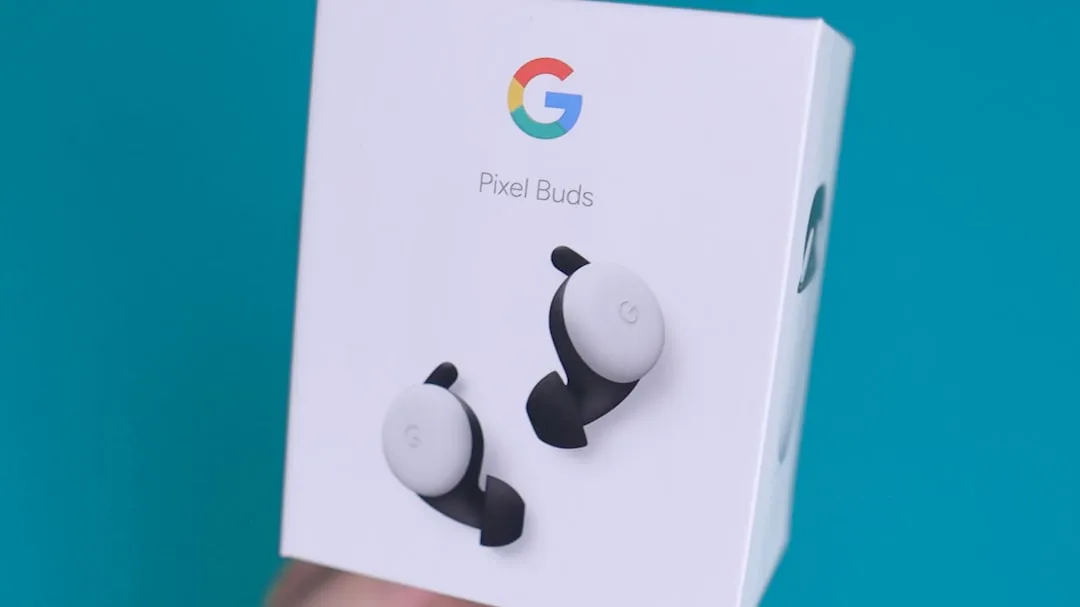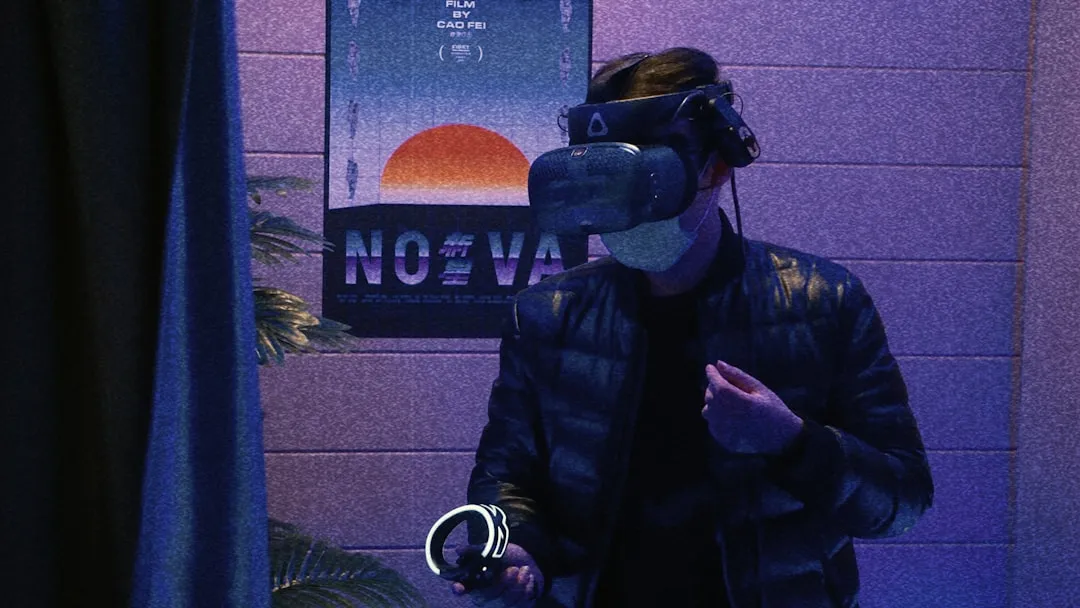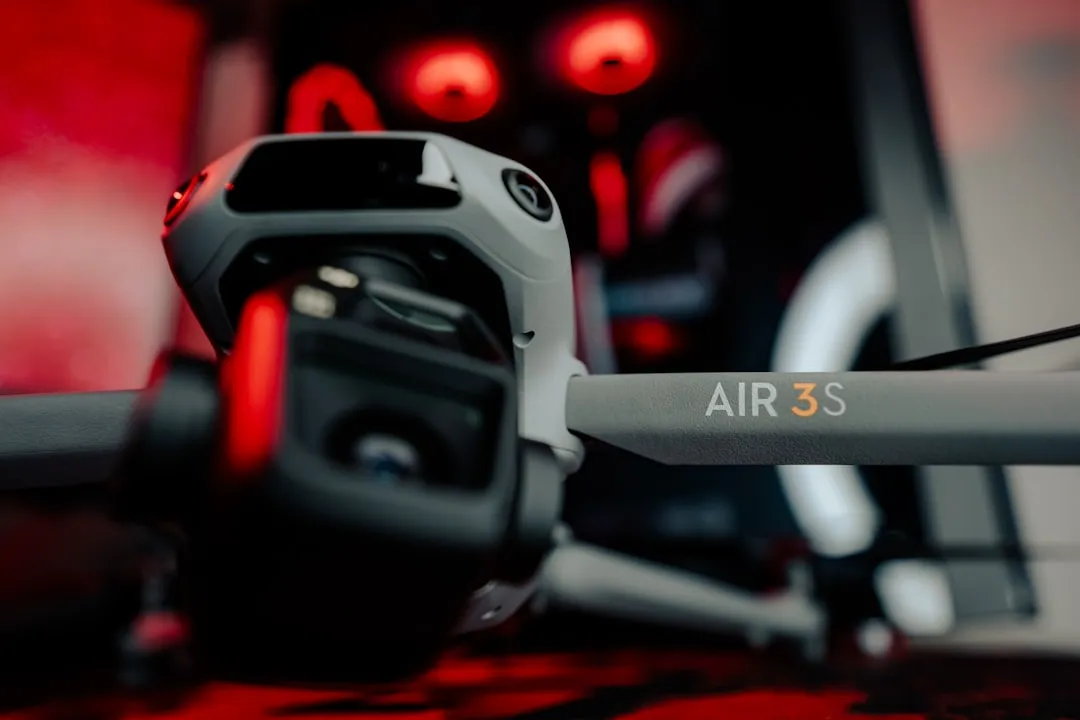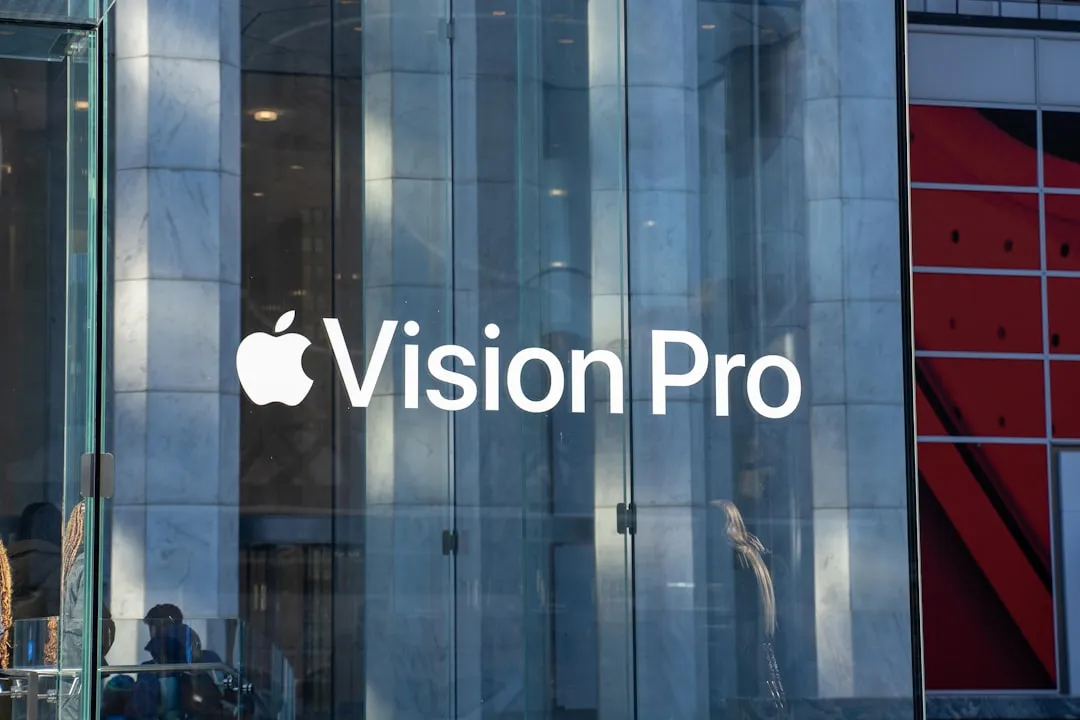Real estate technology keeps sprinting ahead, and Realtor.com just dropped something that changes how we poke around properties online. The platform has launched FlyAround, a 3D property viewing tool that turns static listings into immersive aerial experiences (Housing Wire). This is not another virtual tour, it is a reimagining of how buyers grasp a home’s setting within its neighborhood.
Think about it. How many times have you admired the kitchen, then found out the house hugs a busy highway or the backyard is a postage stamp? FlyAround tackles that mismatch by connecting glossy interiors to on-the-ground reality. It uses Google Maps’ advanced 3D tech and is powered by TopHap Inc., producing low-altitude satellite views that surface details traditional photos miss (RISMedia).
The timing matters. With industry experts projecting that about 1.4 million agents will be using immersive technologies by 2025, FlyAround positions Realtor.com as a leader in what comprehensive property information looks like (Tech.Realtor). Set the bar early, shape the standard.
What makes FlyAround different from traditional virtual tours?
Here is the twist. FlyAround is not trying to replace your 3D walkthrough. It solves a different pain point that has dogged online shopping for years. While most tours obsess over interiors, this tool reveals how a property sits in its surroundings. It lives right on the listing detail page, a single click that shows lot dimensions, terrain, and neighborhood context (Housing Wire).
Imagine Google Earth tuned for real estate, with the polish buyers actually need. Coverage is broad too. It is available for all MLS-sourced listings with geographic coordinates, plus off-market and recently sold properties, so aerial context becomes as standard as interior photography (RISMedia). Consistent views, apples-to-apples comparisons.
This approach matches how people shop today. Relocating professionals sizing up homes from another state, families trying to triage a weekend tour list, investors scanning multiple markets, all get a quick pre-screen that saves time and travel costs (Housing Wire). You can vet the house and its context before you commit to a drive.
The technology behind the magic
FlyAround fuses mapping tech with real estate needs in a way that goes well beyond typical aerial photography. Built on Google Maps’ 3D platform, it serves detailed aerial perspectives that once demanded a surveyor or a drone, with the advantage of instant access and smooth integration (RISMedia). This is not a stripped-down consumer toy, it uses the same caliber of mapping infrastructure that powers daily navigation, tuned for real estate decisions.
TopHap Inc. adds the intelligence layer that turns raw maps into property insight. Their visualization chops tie into listing systems and spotlight what buyers care about most, like boundaries, elevation changes, proximity, and neighborhood patterns (Housing Wire). Complex spatial data, simplified.
It also democratizes access. Features that once required costly photography, specialized surveying, or multiple site visits arrive in one click. Seeing lot lines, topography, and surroundings in context is a leap for properties with tricky terrain or dense urban settings (RISMedia).
Performance data backs the shift. Listings with immersive tools can sell up to 31 percent faster than those with photos alone (Moldstud). By clarifying spatial relationships, neighborhood character, and boundaries, FlyAround cuts the uncertainty that stalls deals.
Why this matters for today's home buyers
FlyAround fits how buyers now make decisions, not just what is convenient. Many are comfortable moving forward without visiting in person, though needs vary by group (Housing Wire). Remote workers jumping regions, military families handling PCS moves, investors building across markets, all need context before paying for a site visit.
And the details are not trivial. Is there room for three cars, or will street parking become a nightly puzzle? How close are the neighbors, really? Does that so-called spacious backyard offer usable space, or is it a sloped hillside? Is the view stable or at risk of development? FlyAround answers visually and fast, which is how competitive markets operate.
Buyers say they want this. Seventy-four percent prefer virtual tours over static images (Moldstud). Extending that preference beyond interiors into lot and neighborhood context fills a glaring gap, helping shoppers judge lifestyle fit, community feel, and long-term satisfaction.
The rollout begins in the coming weeks, lining up with the spring buying season when activity surges and speed matters most (Housing Wire). Right tool, right moment.
Where immersive real estate tech is heading next
FlyAround looks like a starting gun for how property information will be packaged and consumed. The industry is swinging toward immersive tech, with XR reshaping how buyers tour and agents present homes (Tech.Realtor). Expectations are shifting from photo dumps to digital experiences that answer questions before they are asked.
Projections point to about 1.4 million agents and brokers using these tools by the end of 2025, and that kind of adoption accelerates innovation and competition (Tech.Realtor). As platforms race to add richer visualization, expect faster iterations around exterior context, live customization, and layered market data.
Crucially, FlyAround complements existing 3D tours instead of fighting them. Matterport and similar platforms nail interiors, FlyAround fills the exterior and context gap. Together, they create complete presentations that reduce uncertainty before anyone grabs a car key.
Embedding the tool directly into listing pages, not a separate app, shows how adoption sticks, through workflow upgrades rather than detours (RISMedia). Once users feel that seamlessness, they will expect nothing less elsewhere.
The bigger picture: immersive tech becomes the standard
Realtor.com’s FlyAround looks like a tipping point where immersive viewing turns from a shiny extra into a must-have, reshaping buyer expectations and platform strategy. The integration into existing listings is a case study in adoption that sticks, not by ripping out old workflows, but by sharpening them where it counts (RISMedia).
With coverage rolling out to all MLS-sourced listings with geographic coordinates, the way property info is presented will shift across the board (Housing Wire). This is not a niche add-on. It raises the baseline for what feels complete, and competitors that do not offer context will feel thin to buyers who now expect it.
The move puts Realtor.com a step ahead as immersive experiences become the norm, and it adds pressure that speeds up innovation across the majors. With projections of 1.4 million real estate professionals adopting these tools by 2025, expect an arms race focused on the depth and quality of immersive experiences on offer (Tech.Realtor).
The question is not if this sticks. It is how fast rivals ship their own aerial context tools, what new twists push digital tours further, and how those shifts redefine the roles of agents, buyers, and sellers as real estate goes even more digital. For buyers, richer exploration. For agents, better qualified leads who show up already understanding the lay of the land. For the industry, another step toward a fully digital, well-informed marketplace that has been building for years, now speeding toward immersive as the default.
























Comments
Be the first, drop a comment!